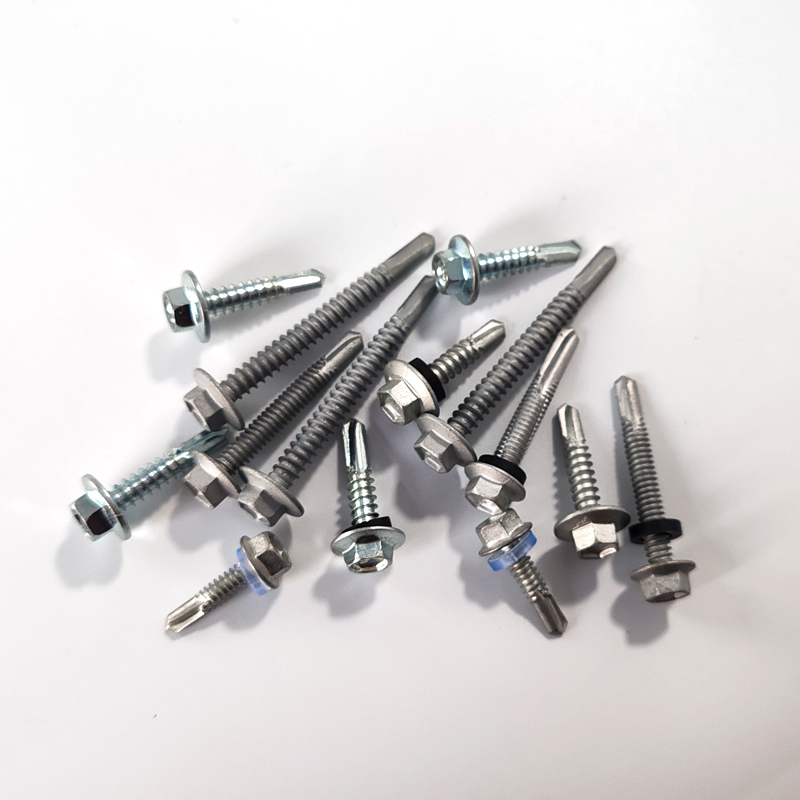bracing steel
The Importance of Bracing Steel in Modern Engineering
Bracing steel is a vital component in structural engineering and construction, providing the necessary support and stability to withstand various physical forces. As cities grow taller and structures become more complex, the importance of bracing systems has never been more pronounced. This article delves into the role of bracing steel, its applications, and the impact it has on modern engineering practices.
At its core, bracing steel refers to a system of steel components used to reinforce structures and prevent lateral movement caused by external forces, such as wind and seismic activity. These components can be in the form of braces, which are diagonal members that connect vertical and horizontal elements of a structure. The benefits of using bracing steel are manifold, particularly in high-rise buildings, bridges, and large open spaces.
One of the primary reasons bracing steel is crucial is due to its ability to improve the overall stability of a structure. As buildings increase in height, the potential for swaying or deflection becomes a critical concern. Under these circumstances, bracing systems help distribute loads more evenly and reduce the risk of structural failure. The use of bracing steel allows engineers to create lighter yet stronger constructions, thereby maximizing space and material efficiency.
In high-rise structures, bracing steel can take various forms, such as X-bracing, W-bracing, or K-bracing. Each of these patterns serves a similar purpose but offers different advantages in terms of aesthetics, material usage, and structural behavior. X-bracing, for instance, effectively counteracts lateral forces by forming a rigid frame, while K-bracing can save material and reduce weight, making it suitable for structures where minimizing dead load is essential.
bracing steel

Bracing steel is also essential in seismic design. Areas prone to earthquakes require buildings that can withstand shaking without collapsing, necessitating the use of advanced bracing systems. Engineers often incorporate strategies such as ductile bracing, which allows for some movement during seismic events while maintaining overall structural integrity. This adaptability is vital in protecting both the building and its occupants during seismic disturbances.
Moreover, the evolution of materials and construction techniques has significantly influenced the design and application of bracing steel. Modern advancements in steel production have led to the creation of high-strength steel alloys that offer improved performance with reduced weight. Such innovations enable engineers to design bracing systems that are both robust and cost-effective. Furthermore, the integration of computer-aided design (CAD) and structural analysis software allows for precise modeling and testing of braced structures before construction begins, leading to safer and more efficient designs.
Sustainability is another critical consideration in contemporary engineering practices. As the construction industry increasingly focuses on reducing environmental impacts, the efficient use of materials like bracing steel aligns with sustainable practices. By utilizing bracing systems to reduce the overall material needed and optimizing structural integrity, engineers can minimize waste and lower the carbon footprint associated with construction.
Bracing steel's versatility also opens up numerous architectural possibilities. Designers often embrace bracing systems not only for their functional benefits but also for their aesthetic appeal. Exposed steel braces can become striking visual elements, transforming a building's appearance and reflecting its structural honesty. This trend is particularly prevalent in industrial and contemporary architecture, where the beauty of raw materials is celebrated.
In conclusion, bracing steel plays an indispensable role in modern engineering, offering safety, stability, and sustainability to constructions of all types. Its ability to adapt to various design needs and withstand external forces makes it a favorite among engineers and architects alike. As technology advances and the built environment continues to evolve, the significance of bracing steel will only grow, solidifying its place as a cornerstone of structural integrity in an increasingly complex world. The future of construction lies in the ability to blend functionality with aesthetics, and bracing steel is at the forefront of achieving that balance.
-
Weatherproof Plastic Expansion Anchors for OutdoorNewsJun.06,2025
-
Sustainability in the Supply Chain: Eco-Friendly TEK Screws ProductionNewsJun.06,2025
-
Load-Bearing Capacity of External Insulation FixingsNewsJun.06,2025
-
Double Head Bolts: Enhancing Efficiency in Industrial MachineryNewsJun.06,2025
-
Corrosion Resistance in Chipboard Screws: Coatings for Wholesale DurabilityNewsJun.06,2025
-
Butterfly Toggle Bolts : Enhancing Structural ResilienceNewsJun.06,2025
